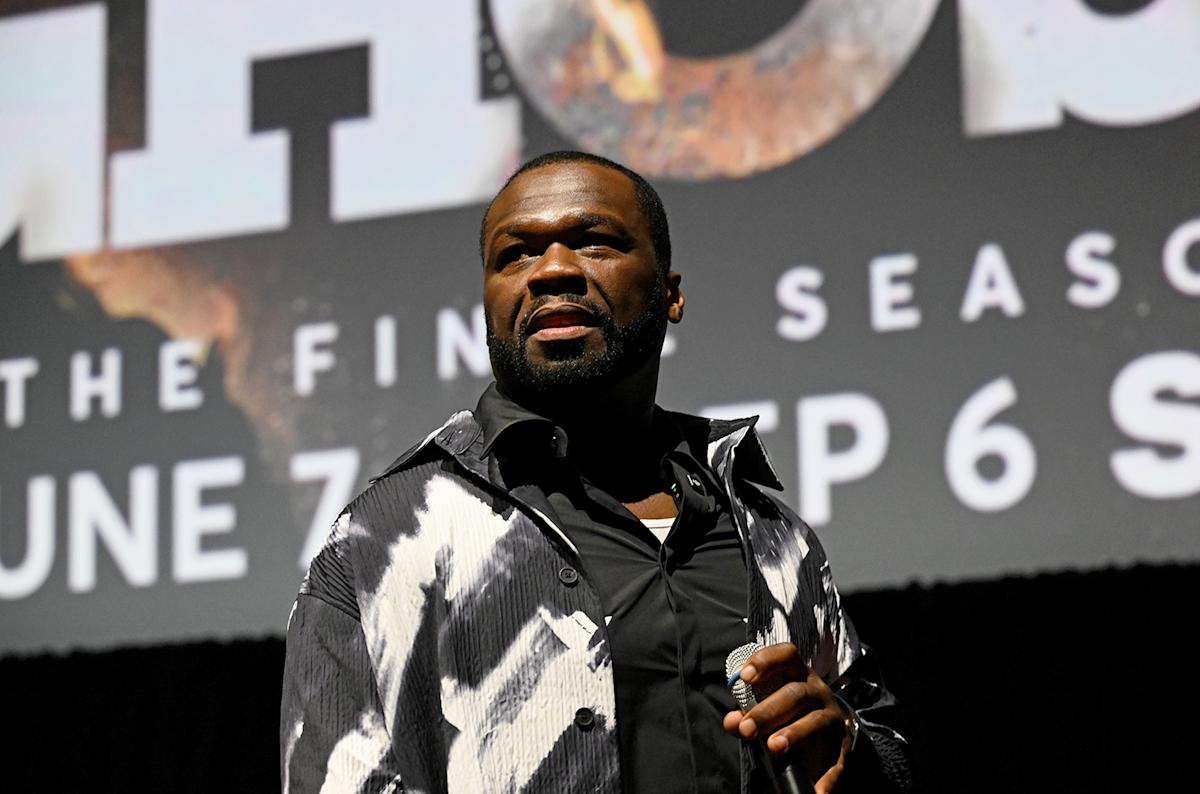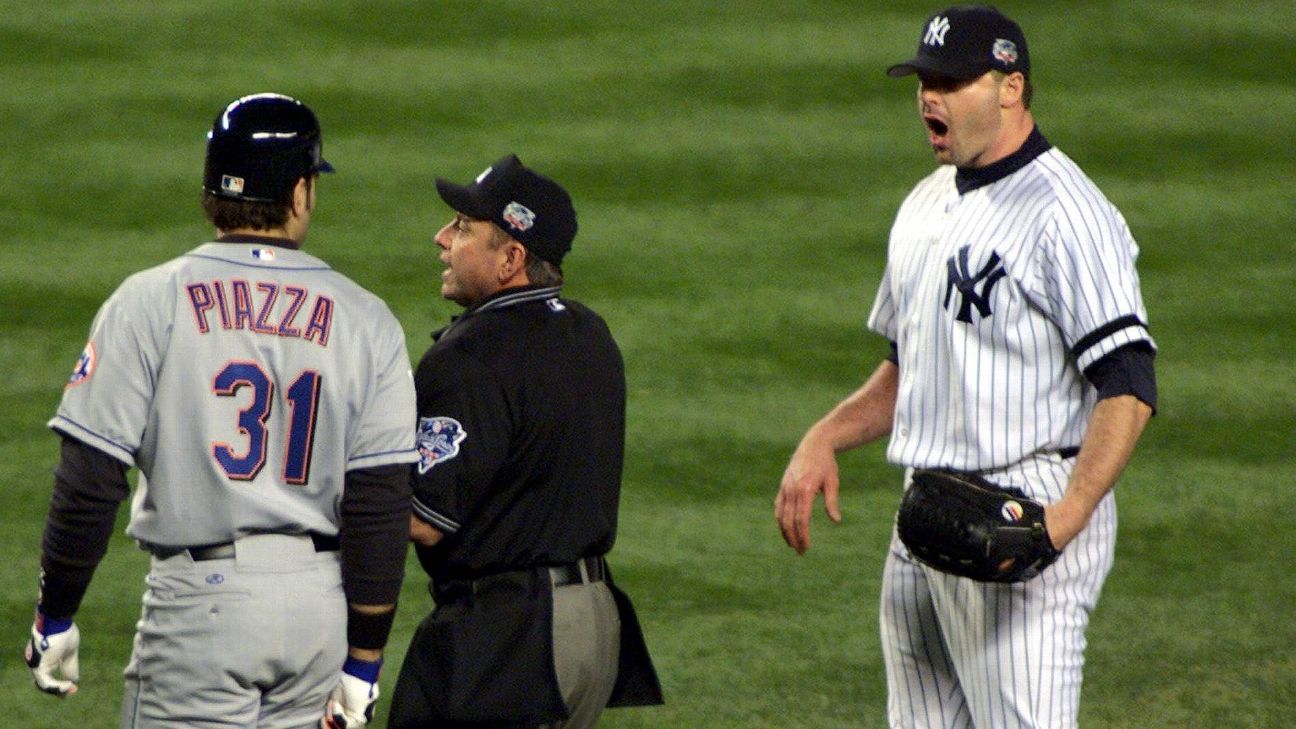10 Early-Season MLB Performance Indicators To Watch Closely

Welcome to your ultimate source for breaking news, trending updates, and in-depth stories from around the world. Whether it's politics, technology, entertainment, sports, or lifestyle, we bring you real-time updates that keep you informed and ahead of the curve.
Our team works tirelessly to ensure you never miss a moment. From the latest developments in global events to the most talked-about topics on social media, our news platform is designed to deliver accurate and timely information, all in one place.
Stay in the know and join thousands of readers who trust us for reliable, up-to-date content. Explore our expertly curated articles and dive deeper into the stories that matter to you. Visit Best Website now and be part of the conversation. Don't miss out on the headlines that shape our world!
Table of Contents
10 Early-Season MLB Performance Indicators to Watch Closely
Baseball's regular season is a marathon, not a sprint. However, the first few weeks offer crucial insights into which teams and players are poised for success, and which might be facing a tougher road ahead. Ignoring early-season trends can be a costly mistake for fantasy baseball managers and seasoned MLB analysts alike. So, what key performance indicators (KPIs) should you be watching closely in the early going?
Beyond Wins and Losses: Deeper MLB Analytics
While wins and losses are the ultimate measure of success, they tell only part of the story, especially early in the season. A team might be unlucky, or a star player could be experiencing a slow start. Focusing solely on the W-L record ignores the granular data that offers a more accurate prediction of future performance.
Top 10 Early-Season MLB Performance Indicators:
-
Batting Average on Balls in Play (BABIP): A high BABIP early on could suggest unsustainable luck, while a low BABIP might indicate bad luck that will eventually correct itself. Consistent monitoring of BABIP helps separate genuine skill from random variance.
-
Strikeout Rate (K%): A rising strikeout rate is a major red flag, especially for batters. This suggests potential struggles against improved pitching or a decline in plate discipline. Conversely, a decreased K% often signals positive adjustments at the plate.
-
Walk Rate (BB%): A high walk rate usually indicates a discerning hitter with excellent plate discipline. This is a more sustainable indicator of offensive success than a high batting average alone.
-
Home Run to Fly Ball Ratio (HR/FB): This metric provides insight into a hitter's power potential. A high HR/FB rate early could signify a player is on track for a power surge, but be cautious; it's also highly susceptible to luck.
-
Launch Angle: The optimal launch angle for maximizing power is a subject of much discussion. Monitoring a player's launch angle helps assess their approach at the plate and their ability to consistently hit for power.
-
ERA (Earned Run Average) and FIP (Fielding Independent Pitching): While ERA is readily available, FIP provides a more accurate assessment of a pitcher's skill independent of defense. A significant discrepancy between the two might signal either exceptional or poor defense behind the pitcher.
-
WHIP (Walks plus Hits per Inning Pitched): A low WHIP indicates a pitcher's ability to prevent runners from reaching base, a crucial aspect of pitching success.
-
Ground Ball Rate: Ground balls generally lead to fewer runs scored. Monitoring a pitcher's ground ball rate can highlight their ability to induce weak contact and limit damage.
-
First-Pitch Strike Percentage: Pitchers who consistently throw first-pitch strikes are more likely to control the tempo of the game and dominate hitters. This statistic is a strong predictor of overall pitching success.
-
Stolen Base Success Rate: While not always a major factor in team success, a high stolen base success rate can be a significant contributor to scoring runs and creating offensive pressure.
Conclusion: The Importance of Context
Analyzing these early-season indicators requires careful interpretation and context. A single game or even a week's worth of data isn't sufficient to draw definitive conclusions. Consistent monitoring and comparison across multiple games and weeks, however, will help you accurately assess a player or team's true potential. Remember to consult reputable sports news websites and analytics platforms for the most up-to-date information and deeper dives into these statistics. By paying close attention to these key performance indicators, you can gain a significant advantage in predicting MLB team and player performance throughout the season.

Thank you for visiting our website, your trusted source for the latest updates and in-depth coverage on 10 Early-Season MLB Performance Indicators To Watch Closely. We're committed to keeping you informed with timely and accurate information to meet your curiosity and needs.
If you have any questions, suggestions, or feedback, we'd love to hear from you. Your insights are valuable to us and help us improve to serve you better. Feel free to reach out through our contact page.
Don't forget to bookmark our website and check back regularly for the latest headlines and trending topics. See you next time, and thank you for being part of our growing community!
Featured Posts
-
 High Court Rejects Roberts Smiths Appeal War Crimes Accusations Stand
May 17, 2025
High Court Rejects Roberts Smiths Appeal War Crimes Accusations Stand
May 17, 2025 -
 Co Operative Bank Narrowly Escapes Catastrophic Cyber Breach
May 17, 2025
Co Operative Bank Narrowly Escapes Catastrophic Cyber Breach
May 17, 2025 -
 Wendy Williams Documentary Explores Health Battles And Guardianship
May 17, 2025
Wendy Williams Documentary Explores Health Battles And Guardianship
May 17, 2025 -
 Assisted Dying Debate New Bill Faces Scrutiny In Uk Parliament
May 17, 2025
Assisted Dying Debate New Bill Faces Scrutiny In Uk Parliament
May 17, 2025 -
 Store Bought Rice Contaminated High Arsenic And Cadmium Levels Discovered
May 17, 2025
Store Bought Rice Contaminated High Arsenic And Cadmium Levels Discovered
May 17, 2025
Latest Posts
-
 Aubrey O Day Denies Subpoena In High Profile Sean Combs Trial
May 18, 2025
Aubrey O Day Denies Subpoena In High Profile Sean Combs Trial
May 18, 2025 -
 Cassies Testimony Impacts Diddys Case 50 Cents Strong Reaction
May 18, 2025
Cassies Testimony Impacts Diddys Case 50 Cents Strong Reaction
May 18, 2025 -
 Tom Cruise And Ana De Armas Jon Chus Next Project With Sydney Sweeney
May 18, 2025
Tom Cruise And Ana De Armas Jon Chus Next Project With Sydney Sweeney
May 18, 2025 -
 Top 10 Most Intense New York Baseball Games Featuring Broken Bats Ejections And Unforgettable Showdowns
May 18, 2025
Top 10 Most Intense New York Baseball Games Featuring Broken Bats Ejections And Unforgettable Showdowns
May 18, 2025 -
 Sean Diddy Combs Trial Ex Cassies Testimony In The Spotlight
May 18, 2025
Sean Diddy Combs Trial Ex Cassies Testimony In The Spotlight
May 18, 2025
